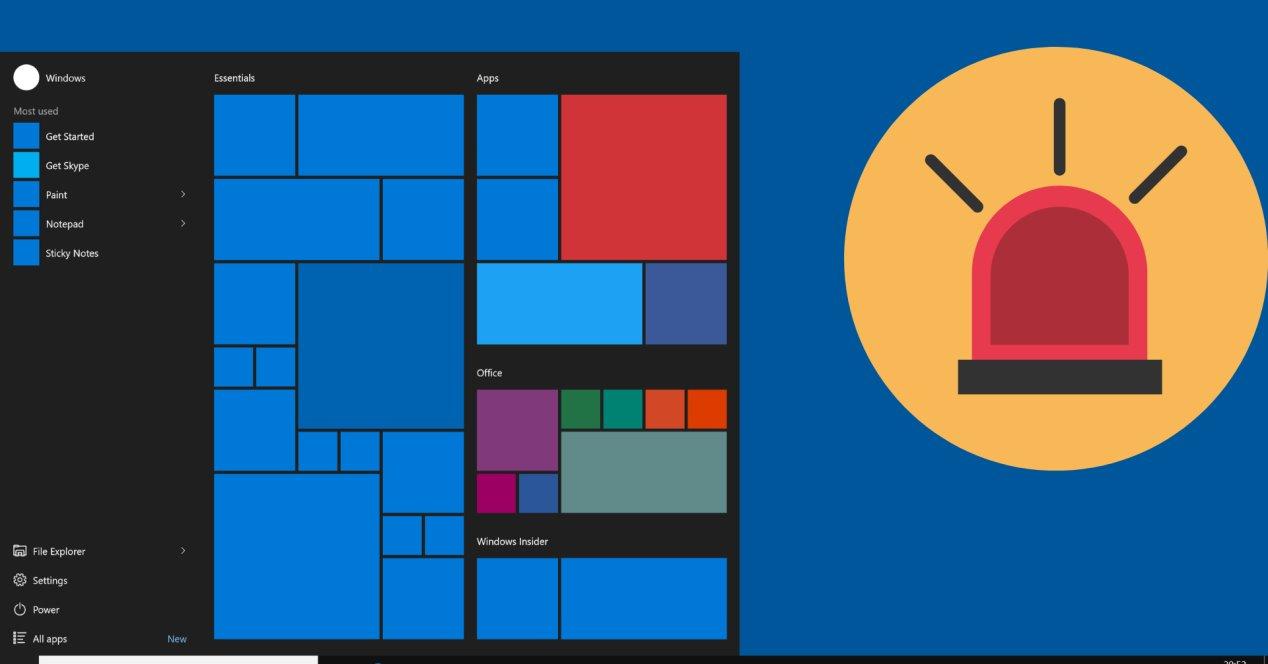It’s always good to wait before upgrading, as performance issues are quite common. This doesn’t just happen with the operating system lately, it’s also quite common in graphics drivers. A few days ago, NVIDIA fixed an issue that caused excessive CPU consumption when closing a game.
And again, performance issues after the update
It is necessary to update the operating system, in addition to any other software. They are needed to implement improvements and optimizations, as well as bug fixes and security enhancements. The problem is that more and more we encounter strange problems and major shortcomings.
Microsoft last Tuesday rolled out the Windows 10 and 11 Cumulative Update. A few days ago, we learned that one of the latest Windows 11 updates was causing a reduction in SSD reading speed. Now in Windows 10 it shows installation issues and blue screen.
Users report that with the KB5023696 rollup for Windows 10 creates major problems. This update adds several low impact features. But the latest reports show major performance issues and blue screens.
It generates, according to reports, a greater load on the system, generating a excessive heating and, therefore, the the fans are running at full capacity. Fans running at or near 100% cause a noticeable increase in noise.
And user contacted Microsoft and Dell for advice on how to proceed. Neither of the two companies would have deigned to respond to this Internet user. According to him, the fans in his Dell 5490 started working at 100% and only fixed the issue by uninstalling update KB5023696.
Not only do we have this problem, but other performance issues have been found in various forums. After installing the cumulative, the following errors were detected: 0x800f081f, 0x800f0984 and 0x800f0922.
The good news is brought by AMD
AMD recently released a driver update for Ryzen processors. Specifically, these are optimizations for the Linux platform built into Windows 10 and 11. The Collaborative Processor Performance Monitoring (CPPC) mechanism in the Linux kernel is improved by introducing Pstate (performance state).
CPPC is a set of defined mechanisms that allow the operating system to actively manage CPU load. The processor and firmware communicate through a shared memory mechanism.
CPPC on AMD has two modes: active (standalone) and passive (non-standalone). The update adds a guided (standalone) mode which is a happy medium between the other two modes. This mode adjusts performance under specific loads without neglecting the range of minimum and maximum performance levels.
Obviously, this improvement does not affect the vast majority of users, only a few. Linux “mode” (to simplify it) in Windows isn’t quite common among users, moreover, you probably didn’t even know there was an option to emulate Linux in Windows.










